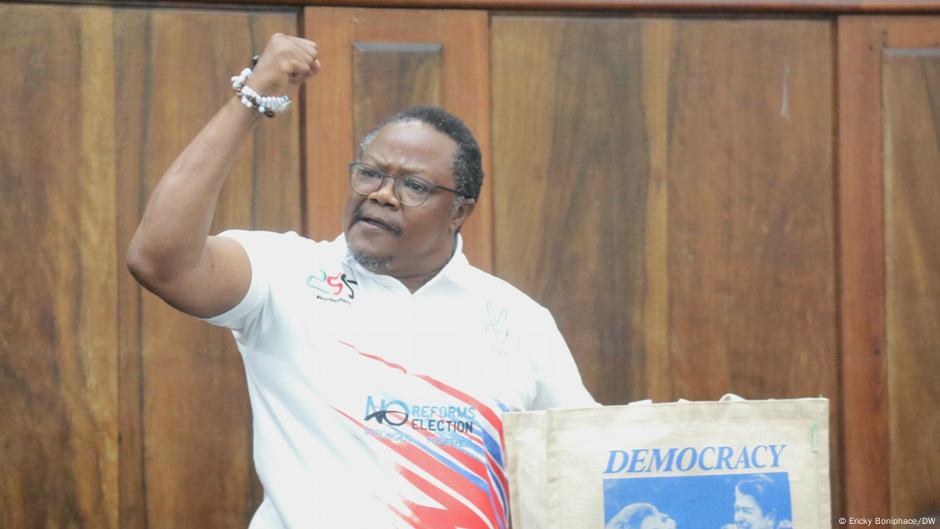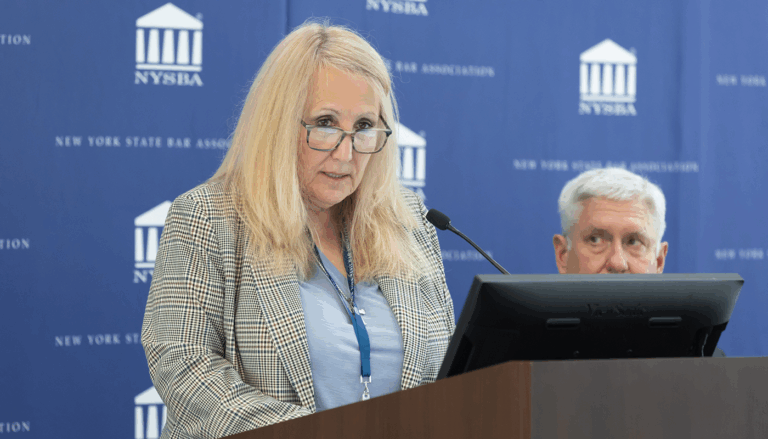AARP Fights Against Age Discrimination for Older Workers – AARP

Report on Age-Based Employment Disparities and Alignment with Sustainable Development Goals
Executive Summary
Workplace age discrimination presents a significant barrier to achieving key United Nations Sustainable Development Goals (SDGs). The experience of workers over the age of 50, such as the case of Geovani Barraza who faced prolonged unemployment after a layoff, highlights systemic challenges that directly impact economic and social sustainability. This report analyzes the issue through the lens of the SDGs, focusing on the negative impacts of age bias and outlining strategic interventions designed to foster inclusive and equitable employment.
Challenges to Sustainable Development Goals
Age discrimination in the labor market creates critical obstacles to global development targets:
- SDG 8: Decent Work and Economic Growth: The tendency for older workers to remain unemployed for longer periods (six months or more) following job loss directly undermines Target 8.5, which calls for full and productive employment and decent work for all. This exclusion of an experienced demographic curtails overall economic productivity.
- SDG 10: Reduced Inequalities: Ageism is a driver of inequality, contravening Target 10.2, which aims to empower and promote the social and economic inclusion of all, irrespective of age. Failure to secure employment due to age bias marginalizes a significant portion of the population.
- SDG 1: No Poverty: Long-term unemployment for individuals nearing retirement age increases their vulnerability to poverty, hindering the progress of SDG 1 by preventing them from maintaining economic self-sufficiency.
Strategic Interventions for SDG Attainment
A multi-faceted approach is being implemented by organizations like AARP and its affiliates to combat age discrimination and advance the SDGs. These strategies provide a framework for action:
- Direct Support and Empowerment: Programs such as “Back to Work 50+” offer coaching and resources to older job seekers. This intervention directly supports SDG 8 by equipping experienced individuals with the tools to re-enter the workforce and contributes to SDG 10 by empowering a demographic facing discrimination.
- Employer Education: Initiatives to educate employers on the value of an age-diverse workforce help dismantle stereotypes and promote inclusive hiring practices. This aligns with SDG 8 by encouraging businesses to leverage the strengths of all workers, thereby fostering sustainable economic growth.
- Advocacy and Legal Action: Championing stronger anti-discrimination laws and fighting age bias in the courts are critical actions. This strategy advances SDG 16 (Peace, Justice and Strong Institutions) by working to create effective and accountable legal frameworks that protect all citizens and ensures progress toward SDG 10 by systemically reducing discriminatory barriers.
Relevant Sustainable Development Goals (SDGs)
The issues discussed in the article, primarily age discrimination in employment and long-term unemployment for older workers, are directly connected to the following Sustainable Development Goals:
-
SDG 8: Decent Work and Economic Growth
This goal aims to promote full and productive employment and decent work for all. The article’s focus on the challenges older workers like Geovani Barraza face in finding a job after being laid off, and the fact that they are “more likely than younger ones to be unemployed for six months or more,” directly relates to the need for inclusive employment opportunities for all age groups.
-
SDG 10: Reduced Inequalities
This goal focuses on reducing inequality within countries, including empowering the social and economic inclusion of all, irrespective of age. The article’s central theme is “age discrimination,” which is a form of inequality that prevents older workers from having equal opportunities in the job market. AARP’s efforts to educate employers and champion stronger laws are aimed at reducing this specific inequality.
-
SDG 16: Peace, Justice and Strong Institutions
This goal includes promoting the rule of law and ensuring equal access to justice. The article mentions that AARP is “championing stronger laws and fighting in the courts against age discrimination.” This directly aligns with strengthening legal institutions and using the justice system to protect the rights of individuals and combat discriminatory practices.
Specific SDG Targets
Based on the article’s content, the following specific targets can be identified:
-
Target 8.5: Full and productive employment and decent work for all
The article highlights a violation of this target through the story of a 51-year-old who “interviewed for months without success” due to perceived age discrimination. The goal of programs like “Back to Work 50+” is to help older individuals achieve the “full and productive employment” mentioned in this target.
-
Target 10.2: Empower and promote the social, economic, and political inclusion of all, irrespective of age
The entire article is an example of the challenges to this target. Age is presented as a barrier to economic inclusion. The fear of “age discrimination” and the reality of long-term unemployment for older workers demonstrate a lack of inclusion in the workforce.
-
Target 10.3: Ensure equal opportunity and reduce inequalities of outcome, including by eliminating discriminatory laws and practices
This target is directly addressed by AARP’s actions. The article states they are “championing stronger laws and fighting in the courts against age discrimination,” which are explicit actions aimed at eliminating discriminatory practices and ensuring equal opportunity for older workers.
-
Target 16.b: Promote and enforce non-discriminatory laws and policies for sustainable development
The call to action for “championing stronger laws” against age discrimination is a direct effort to promote and enforce the non-discriminatory laws and policies that this target advocates for.
Implied Indicators for Measuring Progress
The article implies several indicators that could be used to measure progress toward the identified targets:
-
Unemployment duration by age group
The article explicitly states that “older workers are more likely than younger ones to be unemployed for six months or more.” A reduction in the proportion of workers over 50 facing long-term unemployment would be a key indicator of progress towards Target 8.5.
-
Existence and enforcement of anti-discrimination legislation
The mention of “championing stronger laws” implies that the existence, strength, and enforcement of laws specifically prohibiting age discrimination in hiring and employment are critical indicators for Targets 10.3 and 16.b.
-
Number of legal cases related to age discrimination
The reference to “fighting in the courts against age discrimination” suggests that the number of legal challenges filed and their outcomes can serve as an indicator of both the prevalence of the problem and the effectiveness of the justice system in addressing it (Target 10.3).
-
Participation in workforce re-entry programs
The success of programs like AARP’s “Back to Work 50+,” measured by the number of participants who, like Geovani Barraza, successfully “found a new job,” can serve as a proxy indicator for progress in promoting the economic inclusion of older workers (Target 10.2).
Summary of SDGs, Targets, and Indicators
| SDGs | Targets | Indicators Identified in the Article |
|---|---|---|
| SDG 8: Decent Work and Economic Growth | 8.5: By 2030, achieve full and productive employment and decent work for all… | Proportion of older workers experiencing long-term unemployment (implied by “unemployed for six months or more”). |
| SDG 10: Reduced Inequalities | 10.2: By 2030, empower and promote the social, economic… inclusion of all, irrespective of age… | Success rate of workforce re-entry programs for older workers (e.g., “Back to Work 50+”). |
| 10.3: Ensure equal opportunity… by eliminating discriminatory laws, policies and practices… | Number of legal cases filed against age discrimination (implied by “fighting in the courts”). | |
| SDG 16: Peace, Justice and Strong Institutions | 16.b: Promote and enforce non-discriminatory laws and policies for sustainable development. | Enactment of new or improved anti-discrimination laws (implied by “championing stronger laws”). |
Source: aarp.org

What is Your Reaction?
 Like
0
Like
0
 Dislike
0
Dislike
0
 Love
0
Love
0
 Funny
0
Funny
0
 Angry
0
Angry
0
 Sad
0
Sad
0
 Wow
0
Wow
0
























;Resize=805#)
























































